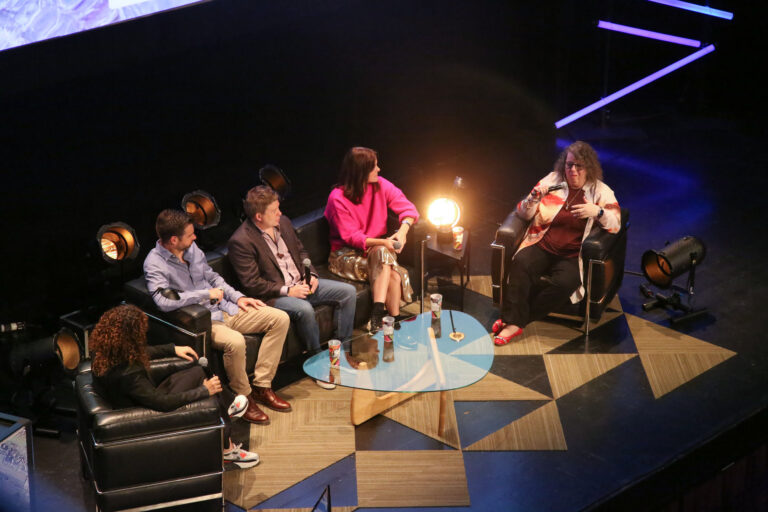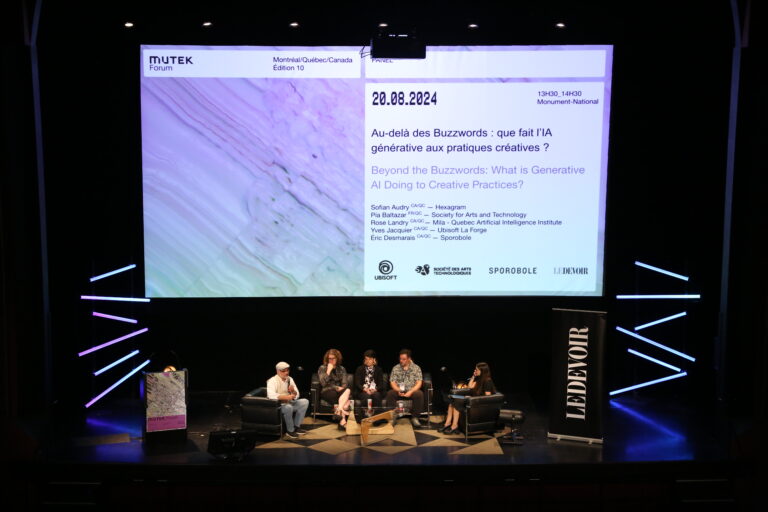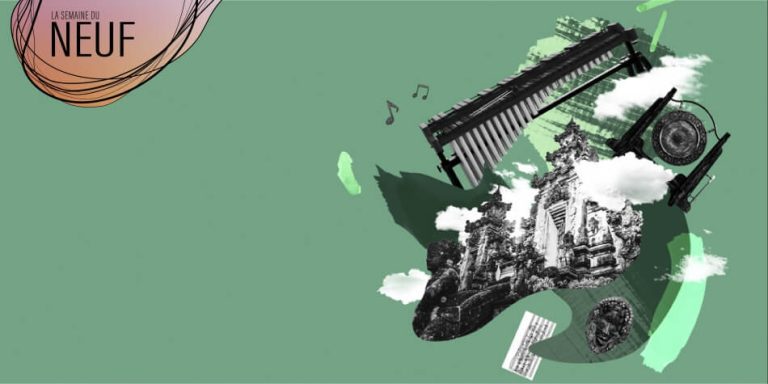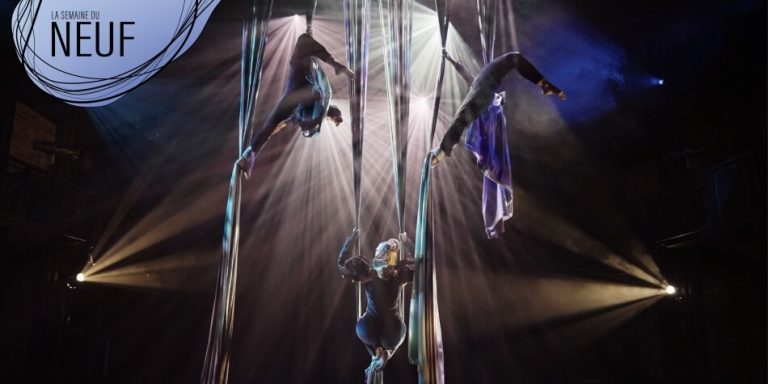The panel Storytelling For All: Using Technology To Place Humans At The Core Of Experiences, presented by TAIT at Monument-National on August 22, explored how designers and engineers (mainly from TAIT) are transforming the way we experience physical and digital spaces, from theme parks to immersive installations to large-scale concerts.
To put people at the heart of the experience and “reach them where they are”, we first need to question our own biases and take the time to self-assess before we even start designing. While taking into account the diversity of the participants’ backgrounds, you need to be able to touch on what might unite them in the experience.
The discussion highlighted the importance of creating shared experiences where individuals can connect with each other, offering paths of engagement tailored to different audiences. The discussion also touched on corporate accountability in the implementation of large-scale experiences. A responsibility that must “come from the top”. Discussions surrounding this notion of accountability are often difficult to have, since the priorities and interests defended by operational teams often differ from those of executive teams and corporate leadership.
As a PhD candidate interested in music communities redeploying themselves on subscription-based sociofinancing platforms like Patreon, I was challenged by the idea that designing a Taylor Swift concert amounts to “building a community, a mini society”. This raises an ontological question: what is a community, and where and how does it exist? In my opinion, it’s not the design of the concert that builds a community, but as one element among many – it offers a framework within which an already existing community can be in a particular context. The community is neither born nor dies at these events: it exists independently and in other spaces, and the design helps to reinforce these ephemeral links. This synchronous experience shared by members of the community will then be integrated into the memory of part of the community, and in this way, perhaps, the design of the concert participates in its construction.




